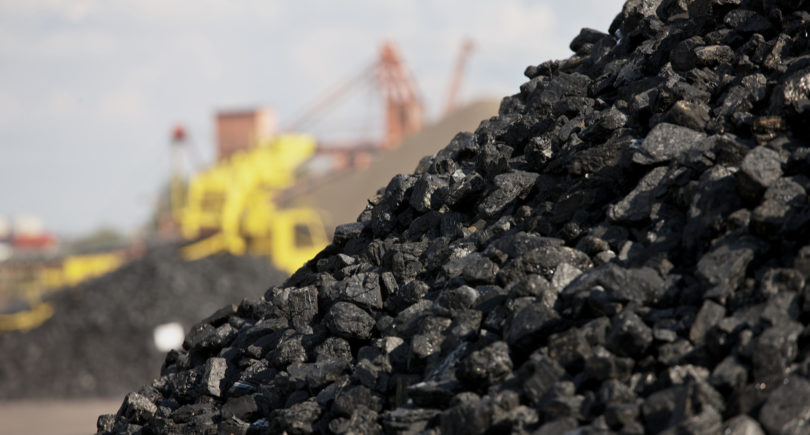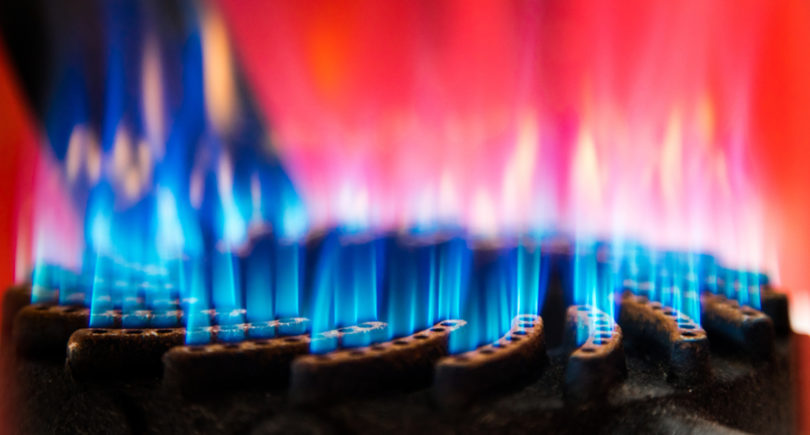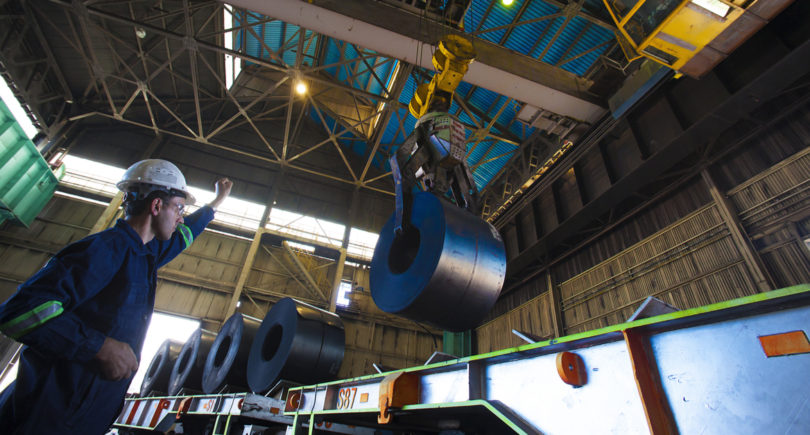
News Global Market EU steelmakers 2979 16 August 2022
Steelmakers are between two fires – low product prices and high production costs
The price of gas in Europe approached €230 per 1 MWh (exceeded $2,400 per 1,000 cubic meters), which is the highest price since the beginning of March, when spot exchange prices for this fuel increased sharply to an absolute record. During the day, futures rose in price by 11%. Gas is rising in price on the background of drought in Europe and reduced supplies from Russia by the Nord Stream 1 gas pipeline by 20%.
European steelmakers should prepare for another round of the energy crisis that has covered the whole continent. They are between two market trends – low prices for steel products and high production costs, including energy. According to two manufacturers, usually, energy costs account for 25-30% of processing costs, but the growth of energy prices at low prices for finished products eats the company’s profit.
Gas is used during the production of pig iron in blast furnaces. The share of BF-BOF route technology in the EU’s steel production is about 60%. But in reality, high gas prices have more impact on EAF-based steelmakers, as rising gas prices lead to higher electricity prices.
The industry understands the complexity of the situation. Association EUROFER warned, that the decisions of the European Commission regarding Russian gas may lead to serious consequences for the EU steel industry. The association said that the EU should avoid interruptions in gas supplies “until no hydrogen infrastructure at affordable costs is available.” This statement was made after the presentation of the REPowerEU plan by the European Commission.
According to this proposal, it is planned to introduce rationing of gas use in Europe. Industrial consumers, including steel plants, will be the first to fall under this mechanism.
In the event of a gas shortage, producers will be forced to reduce production volumes, and Europeans are already expecting this. In May, the EUROFER association corrected its forecast for the consumption of steel products in the European Union in 2022: compared to the February forecast and the expectations of growth in steel consumption by 3.2%, the association now expects a decline of 1.9%.
“High gas prices lead to an increase in spot prices for electricity. However, this happens unevenly. For example, in Poland, electricity prices are 40% lower than the EU average. High prices for energy resources can lead to shutdowns of production facilities, primarily EAFs. This has already been observed since the beginning of the summer and may worsen in the fall, as autumn is the traditional period of gas price increases on the eve of the heating season,” notes the chief analyst of GMK Center Andriy Tarasenko.
Another problem can be the difficulty of switching consumers from gas to other types of hydrocarbons, which can lead to technological accidents. Germany’s largest steel producer ThyssenKrupp in the event of a gas shortage may face with production stoppages and even equipment damage because it will not be able to switch its production processes from natural gas to crude oil or coal.
“The actual impact of higher gas prices on the market remains limited at present. However, conversion costs for turning slab into hot-rolled coil have soared because of higher energy costs. As a result, some mills have prioritised slab rolling and sales over coils, to avoid paying such costly gas prices,” writes Argus.
As GMK Center reported earlier, the European energy crisis is deepening, and a lot of preparatory work needs to be done to avoid power outages. European electricity prices rose to new records last week due to abnormal heat.




